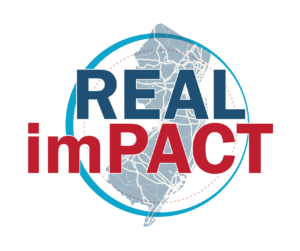The imPACT of REAL
PACT Will Make Achieving Policy Goals Difficult
Improving infrastructure & addressing housing and redevelopment goals will be nearly impossible.
PACT Will Have Huge Residential Impacts
From property values to property taxes, PACT will have huge local implications.
PACT Will Stop Economic Development
PACT will mean fewer Jobs, increased costs and housing prices, and loss of home rule.
Separating 10 PACT Myths From Facts
The New Jersey Department of Environmental Protection (DEP) wants to drastically change the state’s land-use regulations. Impacting both residential and commercial property, the changes—called the Resilient Environment And Landscape (REAL) rules, part of DEP’s Protecting Against Climate Threats (PACT) initiative—will severely limit the rights of New Jersey property owners and restrict economic growth.
PACT News
- Critics of DEP rule proposal turn out for Woodbine hearing
- Comprehensive effort needed to protect the Jersey coast: State Sen. Vince Polistina
- Lawmakers: New DEP Land Use Rules Will Sink Shore Towns’ Economies
- Assembly Republicans Statement
- Cape challenges DEP rules at hearing
- 16 Cape May Resolutions
- CM PR
- Brigintine Beach
- Margate
- Pleasantville



